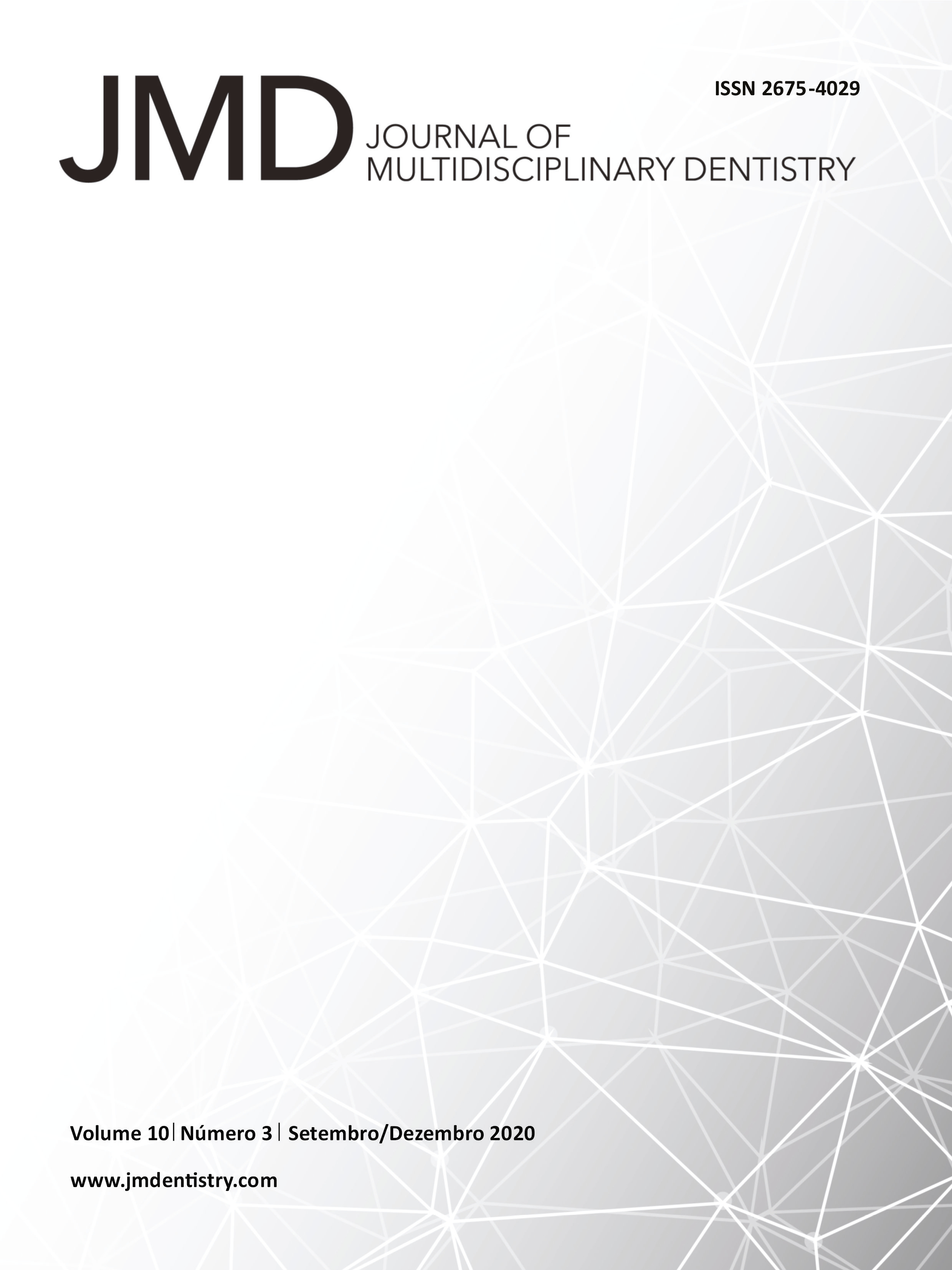Unidirectional and multidirectional carbon fiber mechanical characteristics in implant supported substructures
DOI:
https://doi.org/10.46875/jmd.v10i3.521Keywords:
Dental implants, Carbon fiber, Jaw, edentulousAbstract
The objective of this work was compare the mechanical characteristics of unidirectional and multidirectional carbon fiber in implant-supported substructures through the scientific literature from 2015 to 2020. The search was carried out in the PubMed database using the keywords that responded to the analysis. Proposed PICO, P: Edentulous patients, I: Hybrid prosthesis, C: Unidirectional or multidirectional carbon fiber, O: Mechanical characteristics. From the literature search in the PubMed database, a total of 13 scientific articles were obtained, according to the inclusion and exclusion criteria, 9 articles were eliminated, leaving 4 articles which were read in full text and were later classified using Microsoft Software Excel taking into consideration Author, Year, Title, Results. Using composite carbon fiber with multidirectional filaments reduces the anisotropic behavior of carbon fiber, thus increasing its characteristics over composite carbon fiber with unidirectional filaments, in this way the prosthetic structure will have better mechanical characteristics. The literature review carried out leads us to say that carbon fiber with multidirectional filaments has better mechanical characteristics than carbon fiber with unidirectional filaments.


